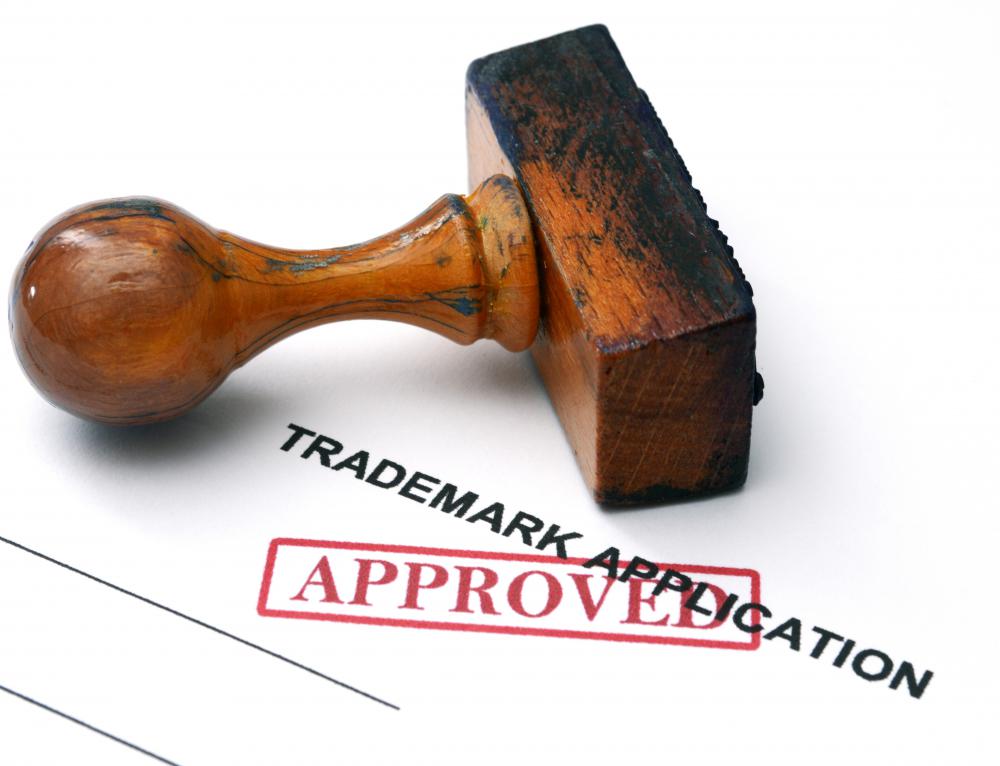At WiseGEEK, we're committed to delivering accurate, trustworthy information. Our expert-authored content is rigorously fact-checked and sourced from credible authorities. Discover how we uphold the highest standards in providing you with reliable knowledge.
What is a Trademark Classification?
A trademark classification typically refers to one of several ways in which a trademark is properly identified and classified with reference to how it is officially registered. There are several different types of classification, with the most basic being the differentiation between specific types of business marks such as service marks and trademarks. A trademark classification will also usually refer to the way in which that mark is then further classified for use in business. This is typically quite specific with reference to what type of goods or services the mark protects.
When a trademark is officially registered with the appropriate government agency that handles trademarks for a given country, the trademark classification must typically be given to identify the type of business in which the mark will be valid. A trademark protects a particular type of business usage, so registration of a single mark cannot be used to protect a name or logo for use in every type of industry. One of the most basic forms of trademark classification is the distinction between different types of marks. A trademark is used to protect an identifier used in business recognition for a product that is manufactured and sold, while a service mark protects identifiers that are used for services offered.

Beyond this initial distinction, however, there is also trademark classification used to indicate what type of usage the mark will specifically protect. When a trademark is registered, the person registering the mark must also include the type of goods or services in which the mark will be used. This must usually be as specific as possible, and guidelines have been established by most government offices to ensure only valid trademark classification is used on an application. Some countries will allow registration of a single mark for multiple classifications, while other countries require individual registration for each usage.
The US Patent and Trademark Office, for example, has a list of general classes of goods and services under which a trademark must fall. A trademark classification will often be even more specific than the general class, but these are minimum classifications. Classes of goods for trademark protection include chemicals, paints, pharmaceuticals, firearms, jewelry, and housewares. More specific forms of trademark classification will include identifiers such as “chemical substances for preserving foodstuffs” and “household articles for cleaning purposes.”
A classification for a service mark will also be a similar identifier for a particular type of service offered by a business. These classifications can include advertising, education, and computer services. Specific classifications include “providing of training” and “design and development of computer hardware and software.”
AS FEATURED ON:
AS FEATURED ON:











Discuss this Article
Post your comments